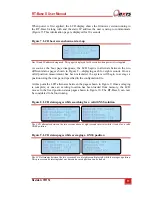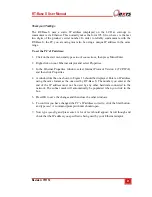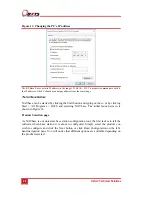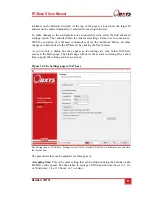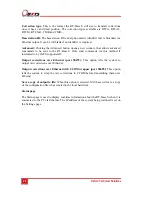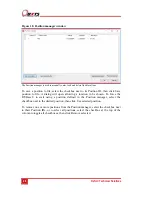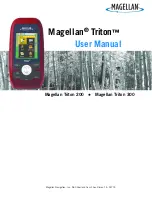
14
Oxford Technical Solutions
that no one can bump into it. When performing vehicle tests, consider gusts of wind
that may be created by passing vehicles.
Figure 4. Choosing a location for the GNSS antenna
Choose a location for the GNSS antenna that is not close to buildings or trees, as these can both affect
GNSS signals. The antenna needs to have a good view of the sky (not just above, but to the sides too).
If you intend to perform a test over several days, and will be packing the base-station
away overnight, it is important to mark the location of the GNSS antenna. It will need
to be placed in precisely the same location on each day. If possible, mount the antenna
on a pole that has been fixed in the ground and can be left behind until the test has
finished.
When operating in hot environments, the RT-Base S unit should not be left in direct
sunlight or the internal temperature may exceed the specification. The temperature
range of the unit is restricted because of the internal battery.
Setting up the tripod and antenna
1.
The tripod legs use a friction lock to maintain their position. To extend each leg,
twist each leg axially in an anti-clockwise direction (viewed from below) to unlock
the leg. Ensure each section is re-locked in position by axially twisting it in a
clockwise direction. It doesn’t matter how high the GNSS antenna is located, as
long as it has the best possible view of the sky.
2.
Carefully remove the GNSS antenna from the RT-Base S case. The antenna is
attached to the tripod via the threaded section. Do not apply excessive force when
tightening the antenna.

















